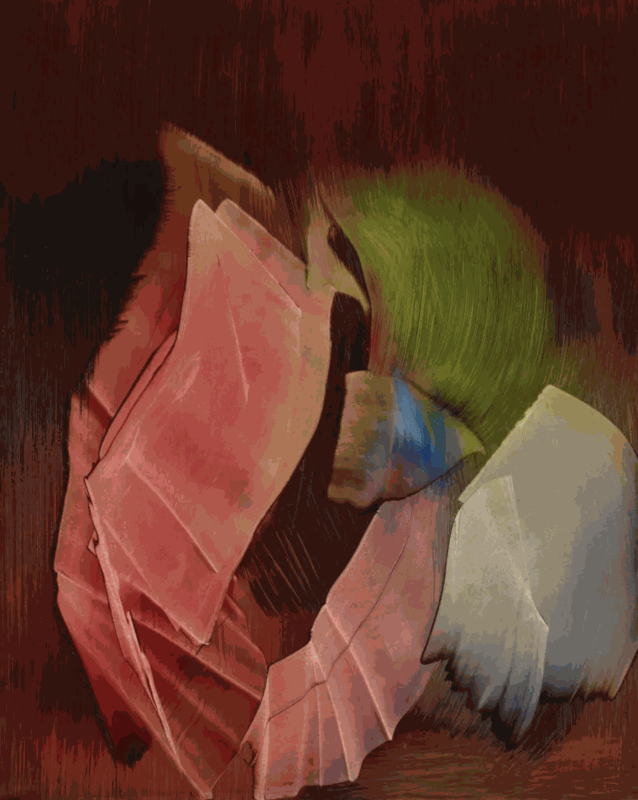Art review: Old Masters, Maine landscapes among influences on display at Cove Street
A closer look at five current shows up at the Portland exhibition space.
Can Elise Ansel get any better or take her ideas any further? It’s hard to believe she could, considering the breathtaking work on display in “Elective Affinities” at Cove Street Arts. Her economy of means in communicating so much makes this latest work stand out like visual haikus amid the other exhibits at Cove Street. These include her husband’s “Dirigo” (like Ansel’s, through Aug. 12); Phoebe Adams’s “A Thing in Time” and Kayla Mohammadi’s “Seeing Through” (both through Sept. 9); and Mohammadi’s husband’s “John Walker: Selected Prints” (through Jan. 31). There are also two monumental paintings by Tom Hall, who will have a larger solo show in August.
Ansel combines visual spareness with immense sensuality. She has an astonishing ability to distill the intensity of paintings by Old Masters – Caravaggio, Rembrandt, Titian, Veronese – and their chiaroscuro effects into a few boldly expressive and incredibly sensual gestures (by which I mean both materially sensual and sensual from a palpably feminine perspective). Thus, her paintings are easily grasped visually, while at the same time remaining utterly, beautifully mysterious.
If you didn’t know her “Venus V” and “Venus VI” were based on Paolo Veronese’s 1570 painting “Venus and Mars,” you might wonder what these luxuriant, wide, taffy-like ribbons of pink might signify. They are actually the luminous, undulating essences of Veronese’s fleshy goddess. A horse at right is reduced to a white volume in one painting and an even ghostlier white “shadow” in the other. Mars as the centrally dominant figure seems to have vanished all together.
Ansel’s choice of source material in “Emmaus” and “Emmaus II” is interesting in that Caravaggio’s “Supper at Emmaus” (1606) is the subtler of two paintings the Baroque master did depicting Christ appearing in a household after his resurrection. His first was all dramatic gesture and color, while this version is more powerfully understated in its stillness and near monochrome.
This reveals an artist already predisposed to distillation, to what is most important. In this case, that means Christ and light. Ansel’s green stands in for the former’s robe, while a slash of white above it is basically the light on his face. The latter strokes represent the area in the original work that Caravaggio chose to illuminate, leaving the rest in semi-darkness and, by so doing, intensifying the mystery. This is actually what Ansel’s own fields of darkness – out of which emanations of color emerge – accomplish as well.

